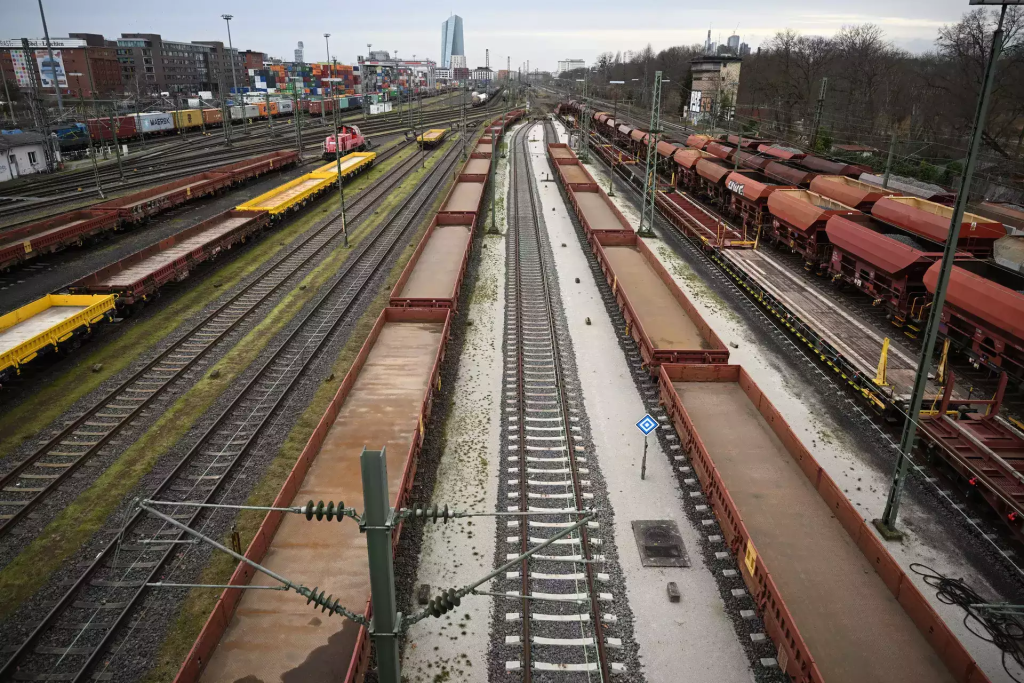Zambia is at the forefront of an infrastructural showdown, with two significant railway developments emerging, one backed by the United States and another by China, as Bloomberg reports.
This competitive scenario is forming in a region known for its immense mineral wealth, paving the way for a fierce fight.
The United States is investing heavily in the Lobito corridor initiative, allocating $2.3 billion not only to refurbish an existing railway that connects the Democratic Republic of Congo to the Atlantic’s Lobito port, but also to expand this network by 800 kilometres (approximately 500 miles) of new railway lines deep into Zambian territory.
The United States is coordinating a broad coalition of businesses and government organisations to bring the Lobito project to reality.
However, development on the new connection in Zambia may not begin until 2026, depending on the availability of finance from various sources.
In contrast, China is aggressively pursuing its approach, contributing more than $1 billion to the revitalisation of the Tazara railway.
This historic route, which connects Tanzania’s Dar es Salaam port, is critical for exporting the region’s copper and cobalt.
Both initiatives reflect a purposeful effort to construct speedier, more effective export channels for Zambia and Congo’s mineral wealth, marking a watershed moment in the region’s economic and infrastructure development.

